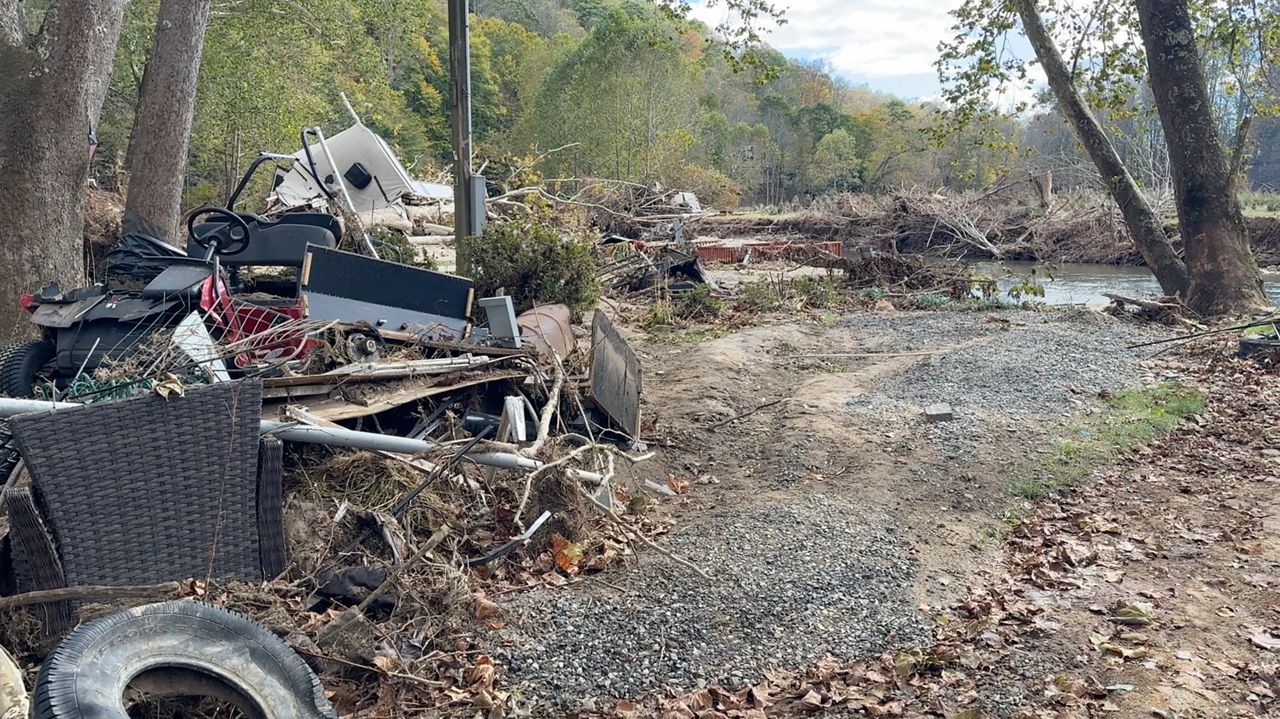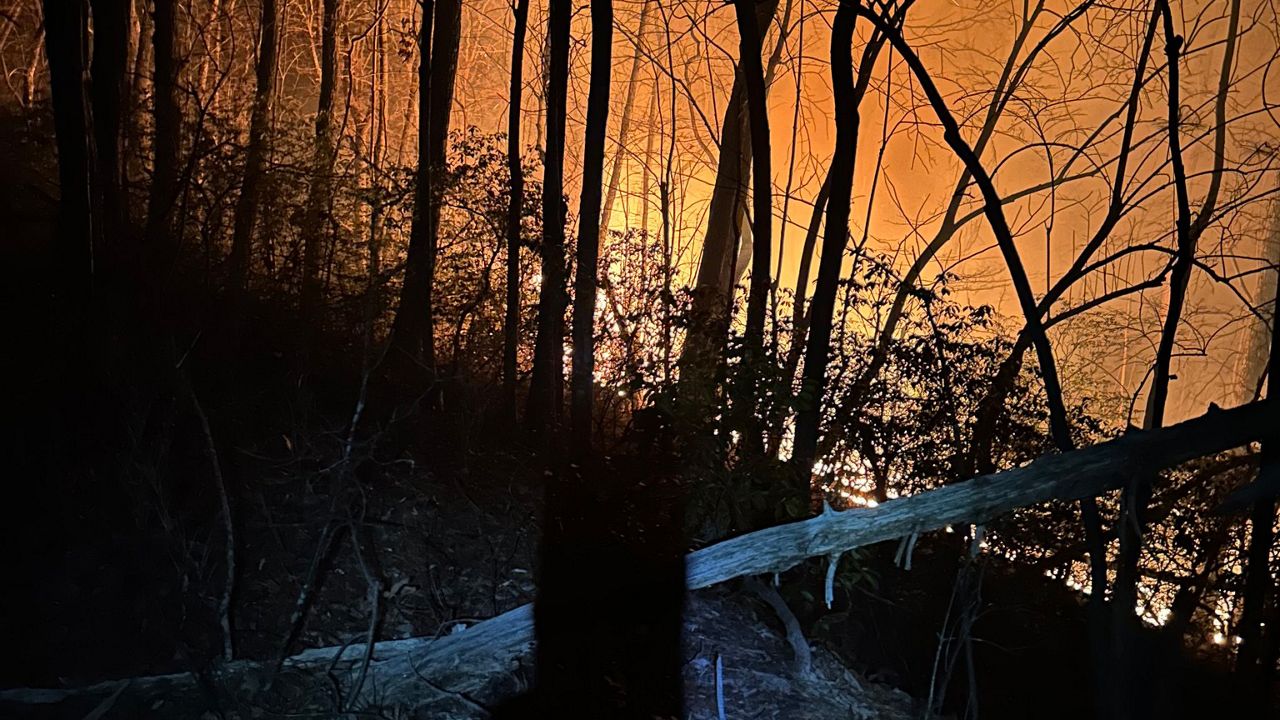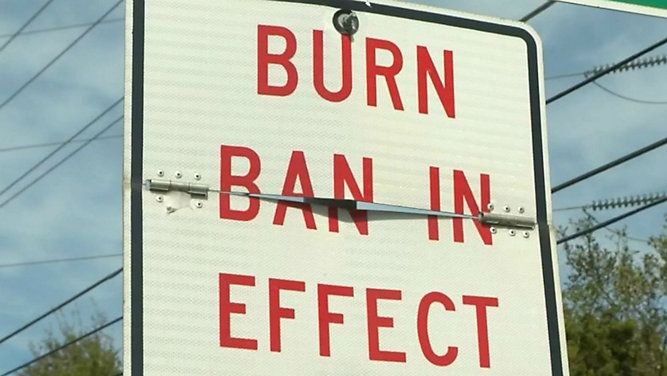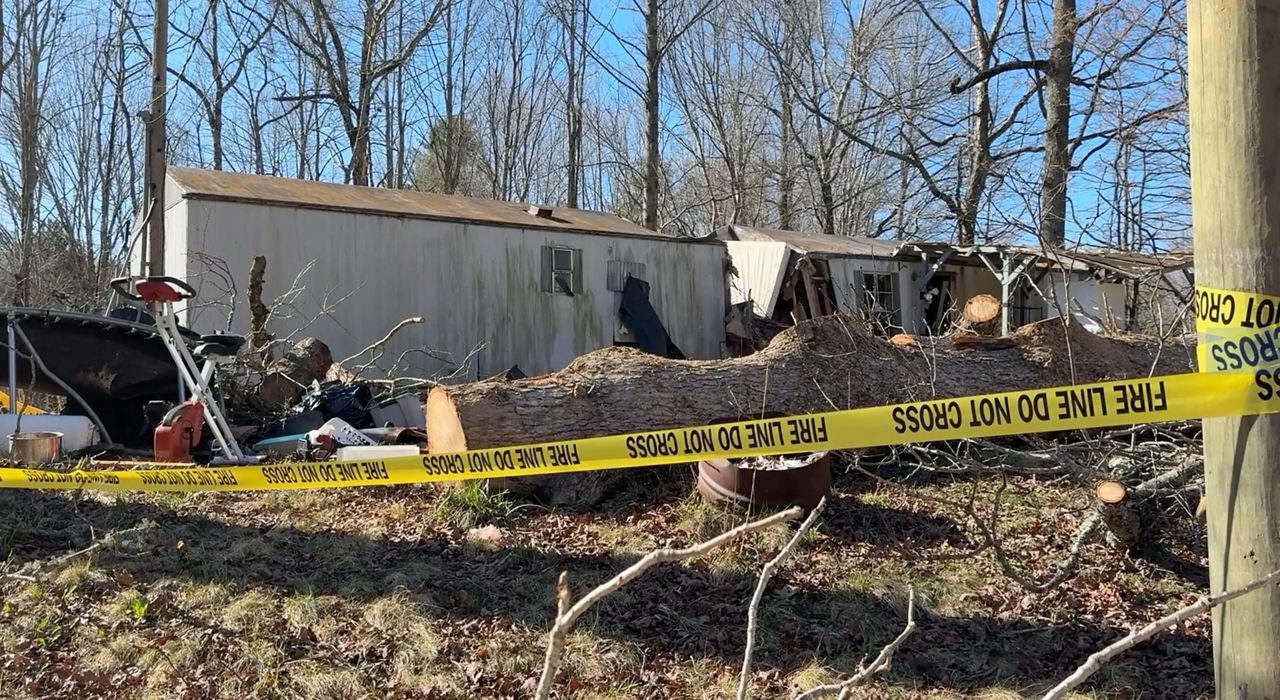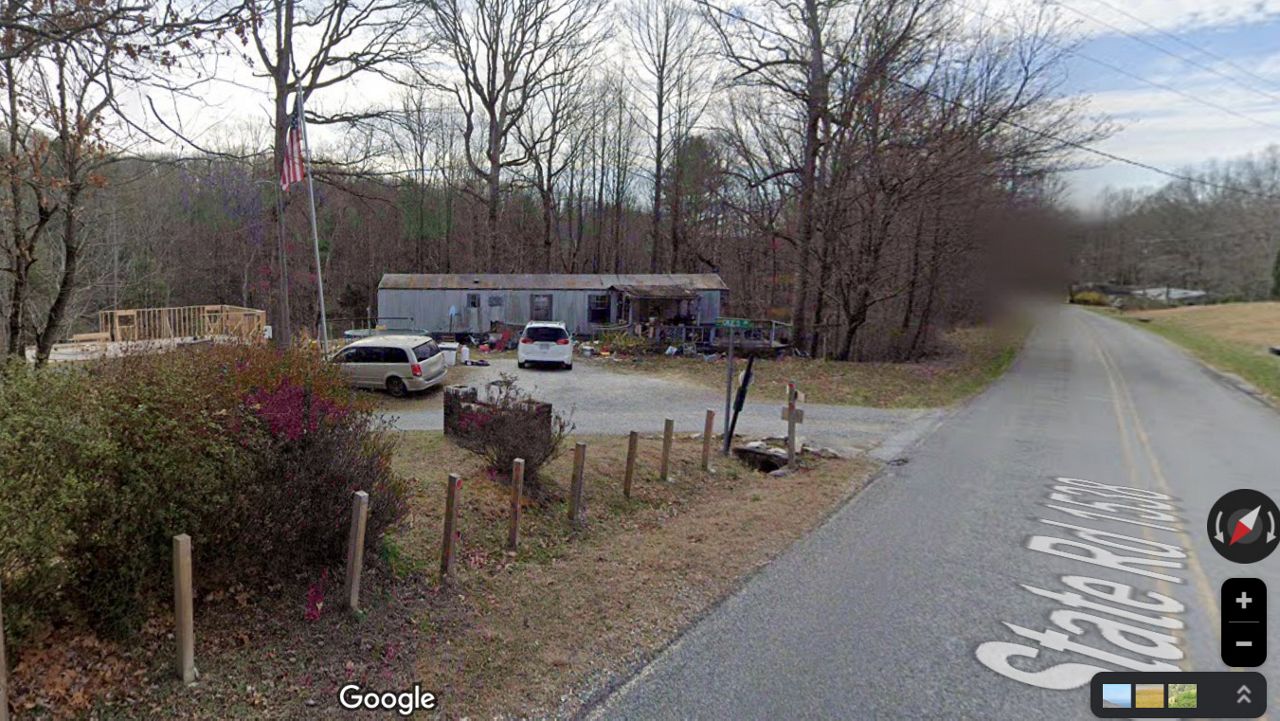The cold winter months bring extra challenges for first responders. Firefighters face obstacles, like keeping equipment defrosted, while emergency room workers see upticks in injuries from weather-related accidents.
But the call to duty is loud and clear for Charlotte-area first responders, even when temperatures drop. And that’s why Dale Loberger takes extra caution. He’s the fire chief of the Griffith Road Volunteer Fire Department in Monroe. He’s been a firefighter for nearly 20 years and has seen his share of long days in the cold.
“Easily for hours. In bad weather ... cold weather, potential snow, sleet, ice, there may be multiple power lines down, multiple trees down,” he said. “We have to be at all those places — at least making sure they’re safe.”
And when it’s really cold, he brings out the heavy gear — the typical firefighter uniform.
“We can also wear this gear if we’re going to be outside for a long time, because it is nice and warm, and it traps our body heat in there,” he said, pointing to the layers in his jacket.
It's been a cold winter for the Tar Heel state, as two seperate winter storm systems brought snow and ice, and even to North Carolina's beaches.
Courtney Cortez is the director of nursing for emergency services at Novant Health. She’s seen quite a few accidents on cold days.
“I would say that the main thing we’re seeing in our emergency departments is just traumas associated with that,” she said. “We are a level 2 trauma center. We see falls, people falling on the ice, motor vehicle crashes.”
She says don’t be afraid to walk like a penguin — it could prevent you from falling on the ice and ending up in one of her emergency rooms. And watch out for black ice.
She says Loberger’s attire is right on track.
“Ensuring that you have maybe a sweater, a coat, something on your fingers — gloves, mittens. If you’re wearing a scarf, hat, just those extra layers that you maybe have to dig out of your closet that you don’t wear that often,” she said.
And Loberger says protecting his gear from the cold is just as important.
“Make sure the tires have good tread,” he said. “Hoses, like I say, all the water in there, and we can’t let any of that freeze.”
The fire chief says to prevent their fire hoses from freezing, he keeps the bay heated to at least 45 degrees.
Checking the engine, fire truck fluids and tire pressure are all on his cold weather checklist, too.


